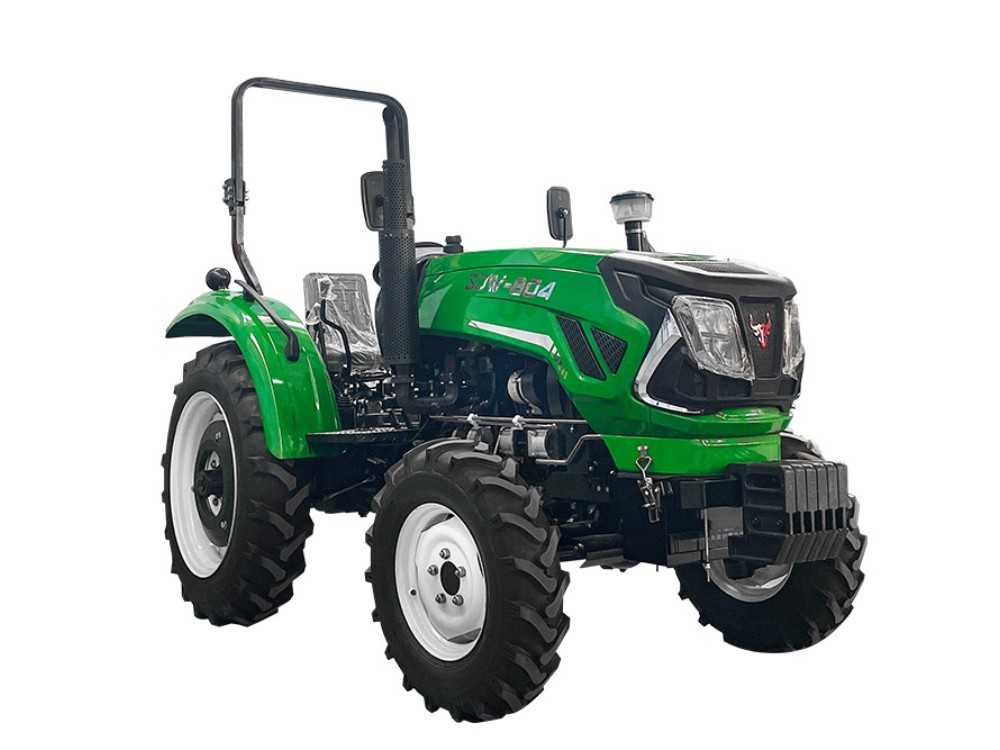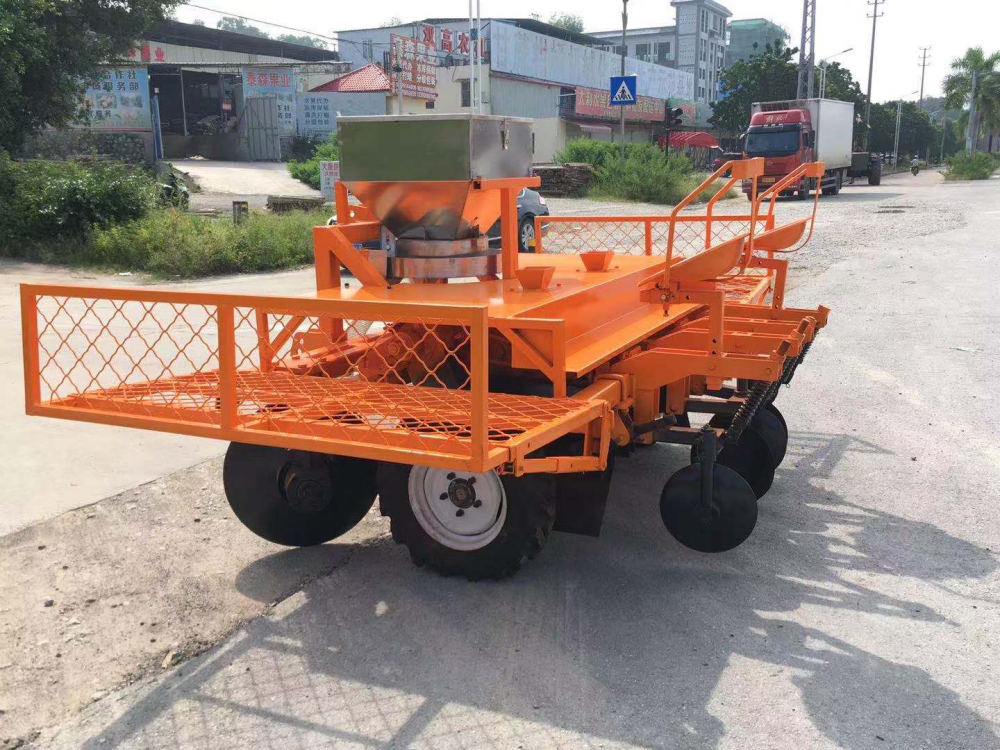How to Choose the Right Tractor Horsepower and Configured Implements for Cassava Cultivation
Allianactor
In the modern agricultural production system, tractors serve as core power equipment, and the rational selection of their horsepower and configurations is directly critical to planting efficiency and cost control. As a highly important cash crop, this guide provides precise tractor purchase recommendations for farmers engaged in cassava cultivation.
1、Cassava Production Regions
Originating from South America, cassava is widely planted in tropical and subtropical regions worldwide. Major producing countries include Nigeria, Ghana, Brazil, Colombia, Thailand, Indonesia, India, and Vietnam. Specific details are as follows:
- Africa: Africa is the primary cassava-growing region, with a harvested area of approximately 28.4073 million hectares in 2021, accounting for 82.99% of the global total. Nigeria, the world's largest cassava producer, concentrates its cultivation in the southwest, south-south, and southeast political-geographical regions with relatively concentrated rainfall and heat resources. In recent years, countries like Mozambique, the Democratic Republic of the Congo, Angola, Ghana, Benin, Tanzania, Madagascar, Kenya, and Uganda have also become major cassava producers in Africa.
- The Americas: Cassava originated in South America, with Brazil, Colombia, and other countries as major producers. Cassava cultivation in Brazil is concentrated in the central Amazon River basin.
- Asia: Thailand, Indonesia, India, Vietnam, and other countries have high cassava yields. Thailand is the world's third-largest cassava producer and the largest exporter of cassava and cassava starch. In Asia, cassava is the fourth-largest crop after rice, sugarcane, and corn. Seven major producing countries—Thailand, Indonesia, India, Vietnam, China, the Philippines, and Malaysia—account for 99% of Asia's total production, with Thailand and Indonesia alone contributing 70%.
2、Cassava Cultivation: Moderate Horsepower, Flexibility, and Efficiency—Special Needs of Tuber Crops
As a tuber crop, cassava requires high precision in soil disturbance and excavation during planting and harvesting, and cassava fields often feature complex terrains and scattered plots. Therefore, tractors suitable for cassava cultivation should meet the following criteria:
- Horsepower Requirement: 60-100 horsepower is ideal. While cassava cultivation does not demand ultra-high horsepower, moderate power is needed to balance multiple operations such as plowing, ridging, fertilizing, and harvesting. This not only ensures operational efficiency but also reduces energy consumption costs. In major cassava-producing regions like Africa and Southeast Asia, tractors with around 80 horsepower are widely used.
- Key Configurations:
- Suspension and Towing: Equipped with an adjustable suspension system to facilitate precise mounting of specialized cassava farming implements, such as cassava planters and tuber harvesters; the towing device should provide stable traction to ensure smooth implement operation.
- Tires: Choose medium-width tires with moderate tread patterns to ensure grip while minimizing soil damage to cassava fields and avoiding impacts on tuber growth.
- Controllability: Tractors need flexible steering systems and precise hydraulic control to adapt to the complex terrains of cassava fields and enhance operational flexibility.

Our company's specially designed 80-horsepower tractor for cassava cultivation features an intelligent hydraulic suspension system for quick implement switching, wear-resistant tires that balance grip and soil protection, and a precise steering control system to tackle the diverse operational scenarios of cassava farming with ease.
3、Our Newly Developed Double-Row Hilling Cassava Planter
This ridging-type cassava planter is suitable for all soil types. Thanks to its drop-style planting mechanism, cassava tubers are more concentrated, while soil porosity is significantly improved, avoiding soil compaction. This greatly reduces the excavation resistance during harvesting. Additionally, grooves on the side walls facilitate decentralized drainage, preventing cassava from prolonged immersion in rainwater.
The planter completes the entire planting process simultaneously, including furrowing, fertilizing, cutting, seeding, and backfilling. Planting two rows at a time, it only requires three workers (one tractor driver and two planters), effectively improving work efficiency, reducing costs, and alleviating labor intensity.
Note: The content is optimized for web readability, with professional terminology standardized and technical details highlighted to enhance SEO friendliness and user engagement. For regional market adaptation, keywords like "cassava tractor supplier" and "tuber crop machinery" are naturally integrated.
